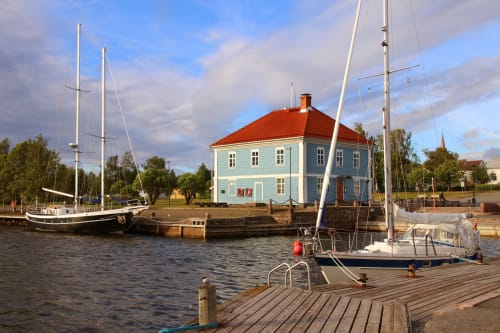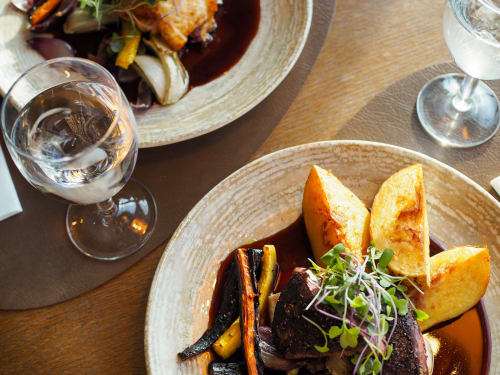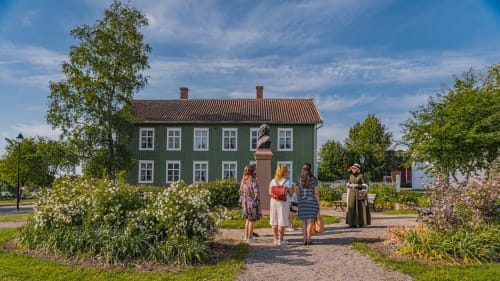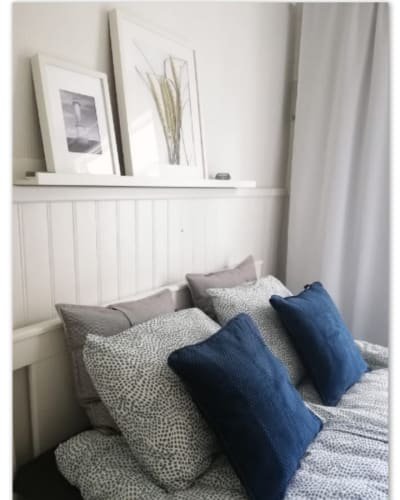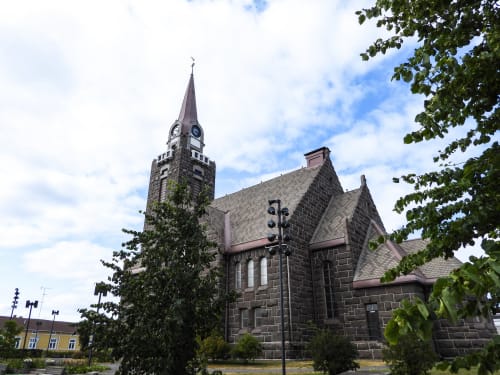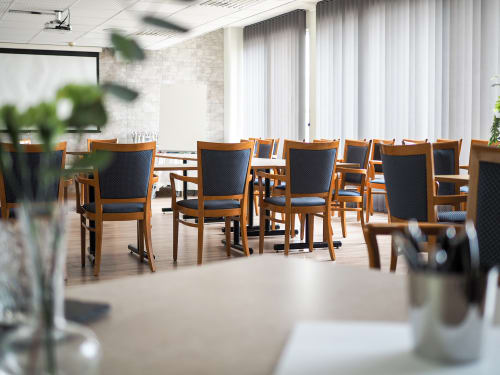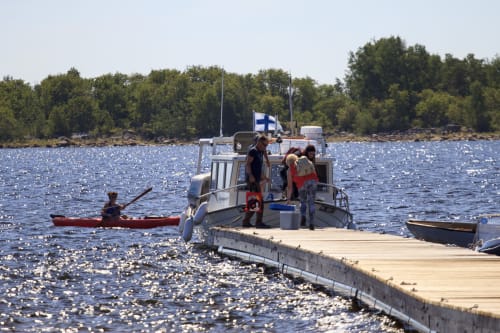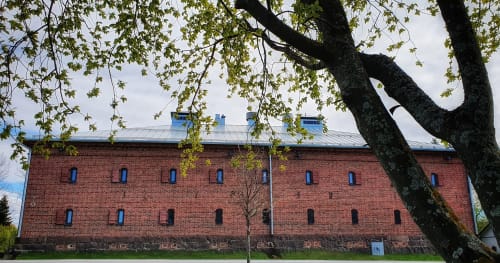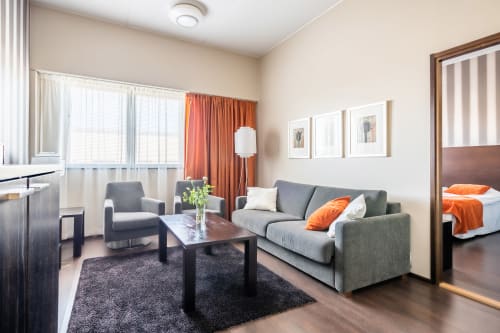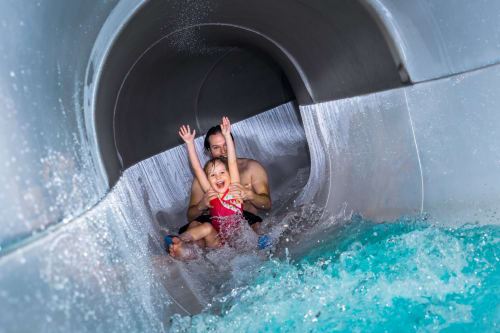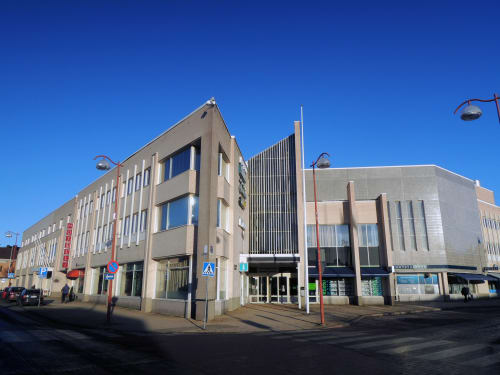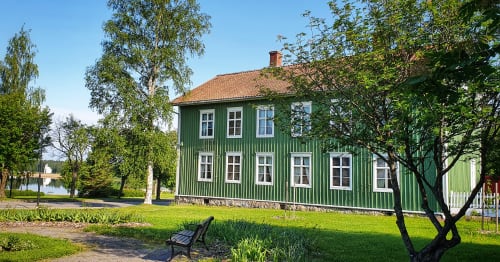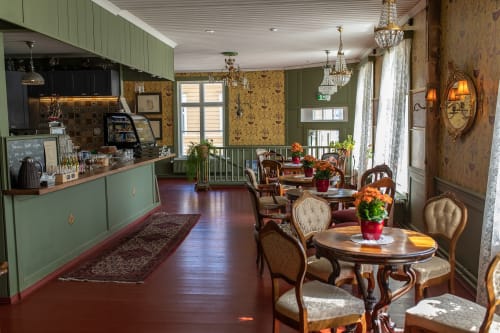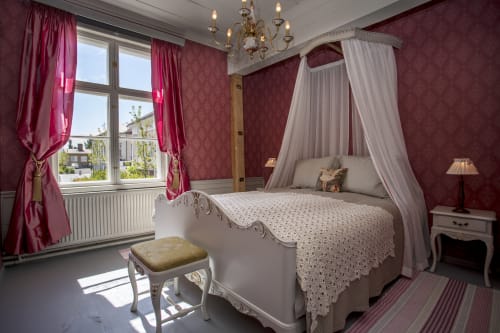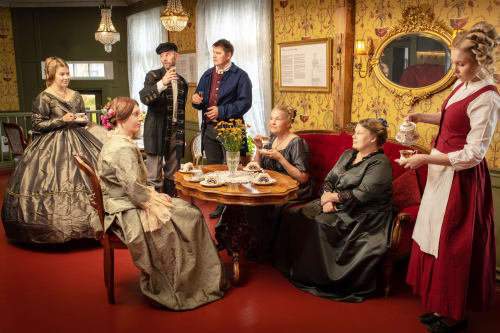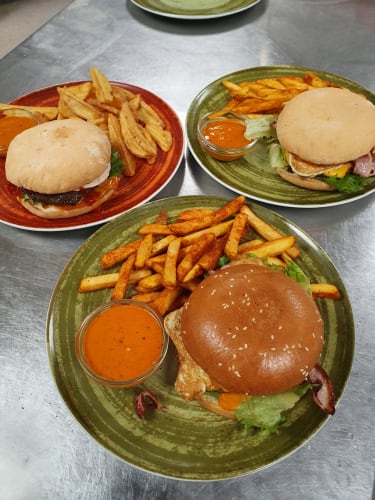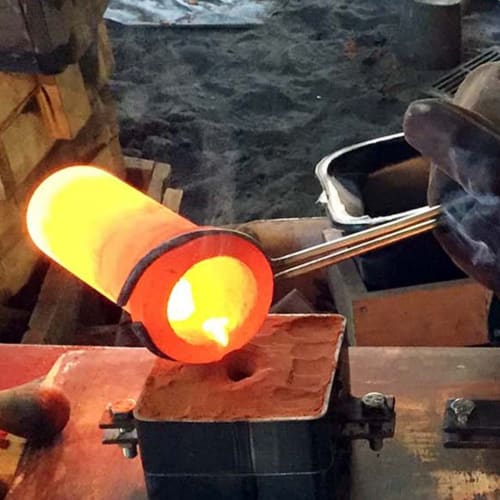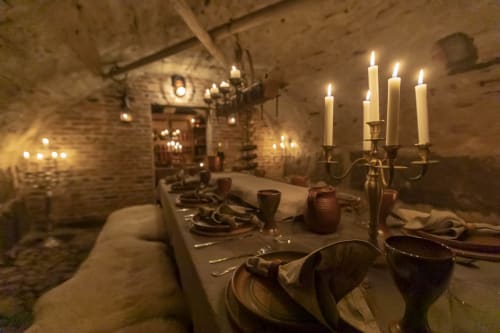Wander in the magnificent Old Town Raahe, dip in the award-winning archipelago waters, and explore other unique treasures of Raahe.
In Raahe, the history of the maritime city is present wherever you go. Be sure to explore the award-winning archipelago and Old Town Raahe!
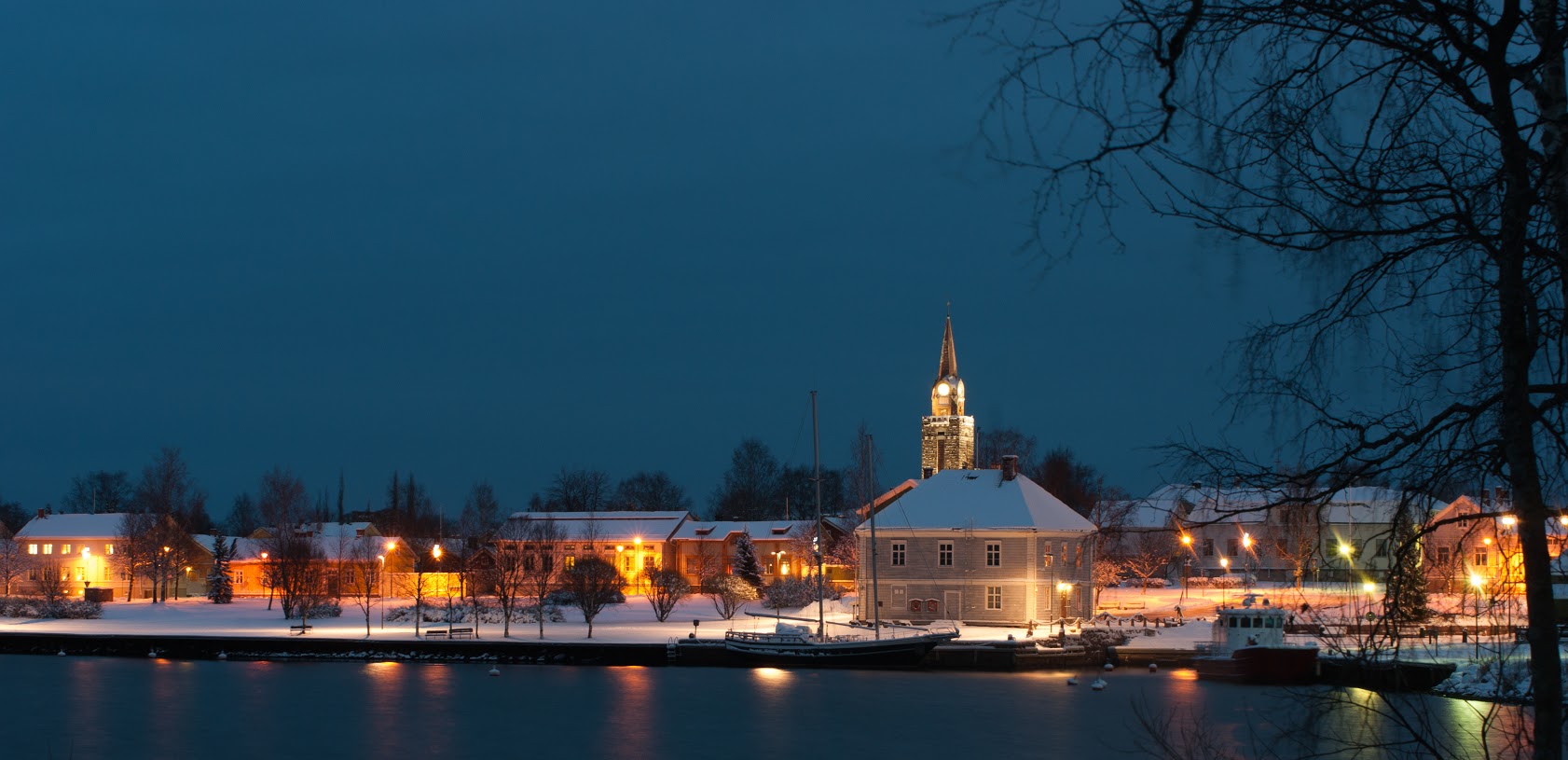
Raahe
Raahe is a lively seaside town in Northern Ostrobothnia. Raahe emerges from the era of sailing ships and storytelling culture. Here you will find an award-winning archipelago and the sea right at the heart of the city.
Raahe is known for its steel and metal industry. The significance of agriculture and forestry as industries is also important. As a child-friendly city, Raahe has invested in a comprehensive school and daycare network. In Raahe, the noble metal is steel, and the treasure is its people.
History
Count Peter Brahe, who served as the Governor-General of Finland, founded the city in 1649, as there was a need for a trading port for the region's goods. The city was originally planned to be founded in the Salo's harbor, which had been a busy market place since medieval times. However, the waters in the area were deemed too shallow, but a suitable peninsula was found nearby. The city was initially named Salo, but in 1652, it was renamed Brahestad.
The main industries of the city were trade sailing and shipbuilding, and for a large part of Northern Finland, Raahe was an important port city. The first shipyard was located in Pitkässäkari, as well as the tar kiln. In the 18th century, the shipyards were moved to the city's waterfront, to the area between the current Pakkahuone Museum and Corten Street. In addition to merchants and sailors, the city was inhabited by numerous artisans.
The young city suffered from famine, jealousy from neighboring cities, war, and devastating fires. In 1791, Raahe finally obtained town privileges. This allowed bustling trade directly to Holland, France, England, and Mediterranean countries to begin. The main export products were tar and pitch, with salt being the most important import. Foreign trade had been conducted from Raahe earlier as well, but with town privileges, trade could be conducted without intermediaries.
In the 1860s and 1870s, Raahe was Finland's largest ship-owning city for about a decade, a major player in terms of cargo volume. Some of the gems from this time include wooden Raahe and the charming Finland's oldest local museum.
Industrialization gradually began with companies like Ruona Oy. Ruona's bankruptcy in 1952, following the end of war reparations, was a severe blow, and many people moved to Southern Finland and Sweden. However, the city experienced a new growth in 1961 when Rautaruukki's steel mill was established, providing jobs once again.
Raahe expanded in terms of area and population in 1973 when the municipality of Saloinen was merged with Raahe. Subsequently, the city of Raahe and the municipality of Pattijoki were abolished, and a new city, Raahe, was created in 2003. Raahe and Vihanti merged in 2013.
You can find more information about the city of Raahe here.


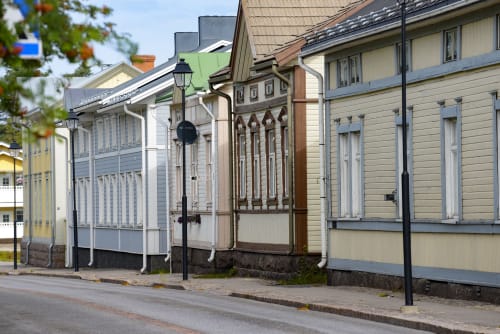
.jpg?s=500)
